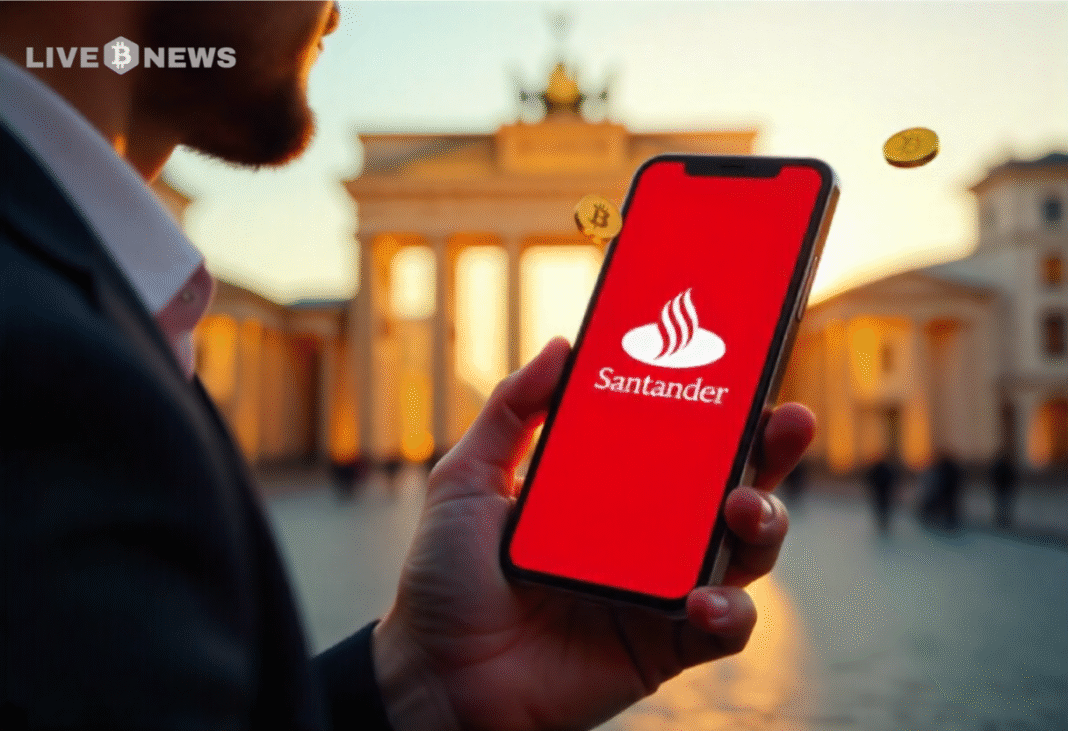Samsung Leverages Google, Qualcomm for Next-Gen XR Headset
TLDRs:
- Samsung unveils Project Moohan, an AI-powered XR headset competing with Apple and Meta devices.
- Project Moohan features dual 4K micro-OLED displays and Qualcomm Snapdragon XR2+ Gen 2 processor.
- Launch limited to 100,000 units, with Sony OLED supply constraining initial production.
- Multimodal AI, hand and eye tracking, and native app support highlight Samsung’s XR innovation.
Samsung Electronics is set to enter the fiercely competitive XR (extended reality) headset market with its latest creation, Project Moohan.
The device will debut at the Galaxy Unpacked event on October 22, positioning Samsung against industry leaders Apple and Meta in the rapidly growing immersive tech space. Project Moohan represents a strategic collaboration with tech giants Google and Qualcomm, aiming to redefine how users interact with digital environments.
Cutting-Edge Specifications
The headset integrates Qualcomm’s Snapdragon XR2+ Gen 2 chip, delivering high-performance processing essential for real-time AI applications.
Its dual 4K micro-OLED displays boast a combined 29 million pixels, ensuring crisp visuals for gaming, professional work, and immersive content. Weighing 545 grams, Project Moohan is lighter than Apple’s Vision Pro yet slightly heavier than Meta’s Quest 3, striking a balance between comfort and performance.A standout feature of Project Moohan is its multimodal AI capabilities, powered through Samsung’s collaboration with Google.
The headset supports voice and gesture recognition, hand and eye tracking, and contextual awareness, allowing users to navigate applications intuitively. In addition, it runs both native Samsung and Google apps in XR mode, alongside standard Android applications, enabling a seamless bridge between virtual and mobile environments.
Supply Challenges and Launch Plans
Samsung plans an initial launch of approximately 100,000 units, priced at around $1,800 each, available through its official online channels. However, production hinges on Sony’s cautious supply of OLEDoS microdisplays, which have limited output despite high demand.
The panels, measuring 1.3 inches with nearly 3,800 pixels per inch, are also utilized in Apple’s Vision Pro, highlighting the premium technology involved. Samsung is reviewing a secondary supply source for 2026, which could stabilize production if consumer demand outpaces the initial release.
Market Context and Implications
The introduction of Project Moohan aligns with Samsung’s recent strong performance in the smartphone sector, where global shipments rose 2.6% in Q3 2025.
The company shipped 61.4 million units, maintaining its lead over Apple, which shipped 58.6 million units in the same quarter. Analysts see Samsung’s XR venture as a natural extension of its premium and AI-focused device strategy, complementing its successful Galaxy Z Fold and Flip series.
That said, Samsung’s move into XR demonstrates its ambition to compete in immersive technologies while leveraging strategic partnerships with Qualcomm and Google. The combination of high-resolution displays, AI-driven features, and cross-platform app compatibility may help Samsung capture a niche in both consumer and professional XR markets. Yet, early supply limitations and a premium price point could challenge rapid adoption, particularly against lower-cost competitors like Meta’s Quest 3.
The post Samsung Leverages Google, Qualcomm for Next-Gen XR Headset appeared first on CoinCentral.
You May Also Like

Santander’s Openbank Sparks Crypto Frenzy in Germany

BetFury is at SBC Summit Lisbon 2025: Affiliate Growth in Focus

ISM Manufacturing PMI suggests Bitcoin cycle may extend beyond historical norm
Bitcoin’s market cycles may stretch longer as ISM manufacturing data remains weak, hinting at extended macro headwinds and slower business recovery. The Institute for Supply Management’s (ISM) Manufacturing Purchasing Managers’ Index (PMI) has historically aligned with major peaks in Bitcoin’s market cycles — a pattern that, if repeated, could imply a longer-than-usual cycle this time around.The correlation between the ISM PMI and Bitcoin’s (BTC) price was first popularized by Real Vision’s Raoul Pal and has since gained traction among macro-focused crypto analysts.“All 3 past Bitcoin cycle tops have broadly aligned with this monthly, oscillating index,” analyst Colin Talks Crypto noted, referencing the recurring overlap between Bitcoin’s market highs and the PMI’s cyclical peaks.Read more